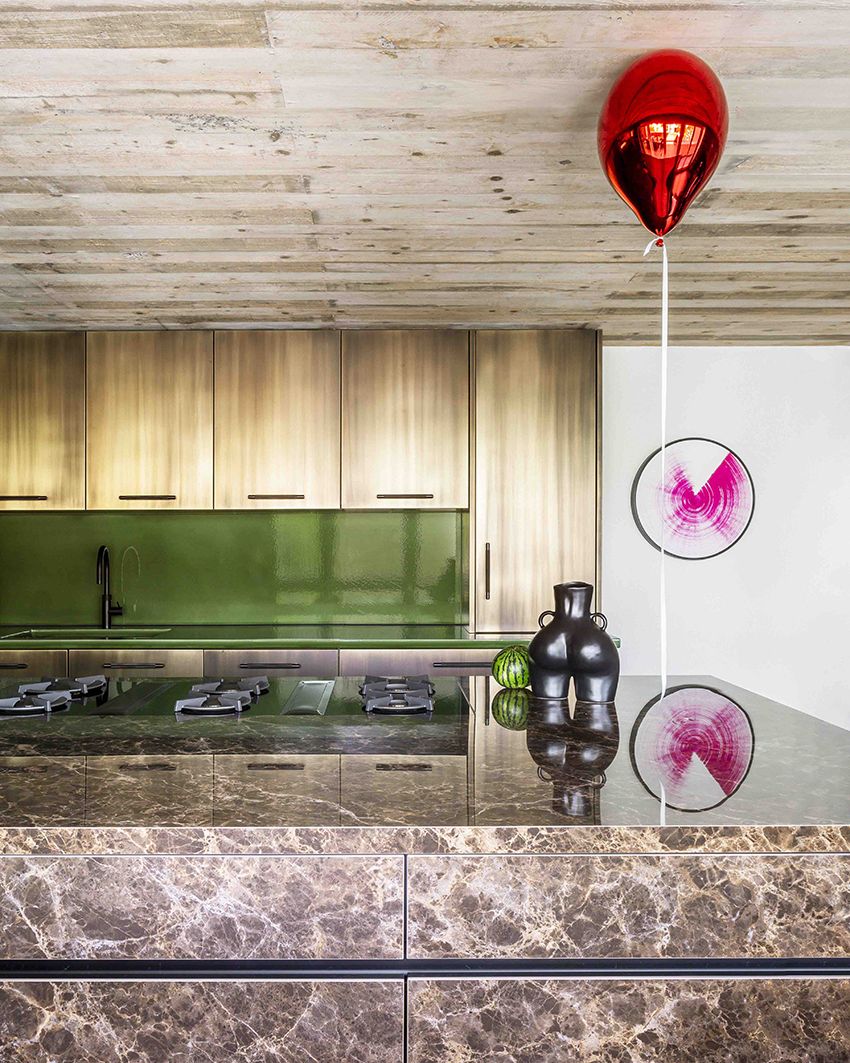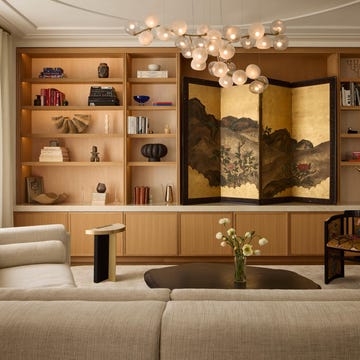Tasked with creating a home not just for her clients but also for their beloved art collection, the interior designer Victoria-Maria Geyer knew that the only constant would be change. ‘I never start with the artworks as I know that when you work for collectors, the pieces can shift,’ she tells us.
Where, at the moment, there hangs works by British artist David Shrigley and the Berlin-based Andi Fischer, tomorrow there could be something completely new. Victoria-Maria’s answer to this is to make a home that is quiet and deferential in its design, but also innovative.
Rather than taking inspiration from the art on the walls, it comes from the walls themselves. Designed by the Swiss brutalist architect Ernst Gisel, it was this three-storey house in concrete, a material abundant in its Zürich location, that led her to select a palette of beige and cream – tones that soften its edges.
What's everyone reading?
Victoria-Maria’s vision is not the strict version of brutalism we all know, but instead is influenced by the 1970s architecture of Los Angeles. Indeed, there are many iconic designs from that era on display here, from the ‘Togo’ sofa by Michel Ducaroy for Ligne Roset to a coffee table by Willy Rizzo.
Alongside these classics sits one of Victoria-Maria’s favourite pieces from her own range: the ‘Roger’ table. ‘I love the contrast between the concrete ceiling and its glossy green lacquer,’ she explains. It’s a shade that can be seen replicated on the lavastone kitchen worktop, where it is accompanied by an island crafted from Spanish Emperador marble and custom-made brass cabinets.
Victoria-Maria gives all of her projects names and, quaintly, this one takes its moniker from the owners’ dog, Daphne. A thoroughly pampered pooch, the dachshund can often be found curled up snoozing on the bed beneath a Shrigley artwork that reads, ‘She sleeps on the bed, we sleep on the floor’. This is a home where life imitates art, and art informs design. victoria-maria.com
















